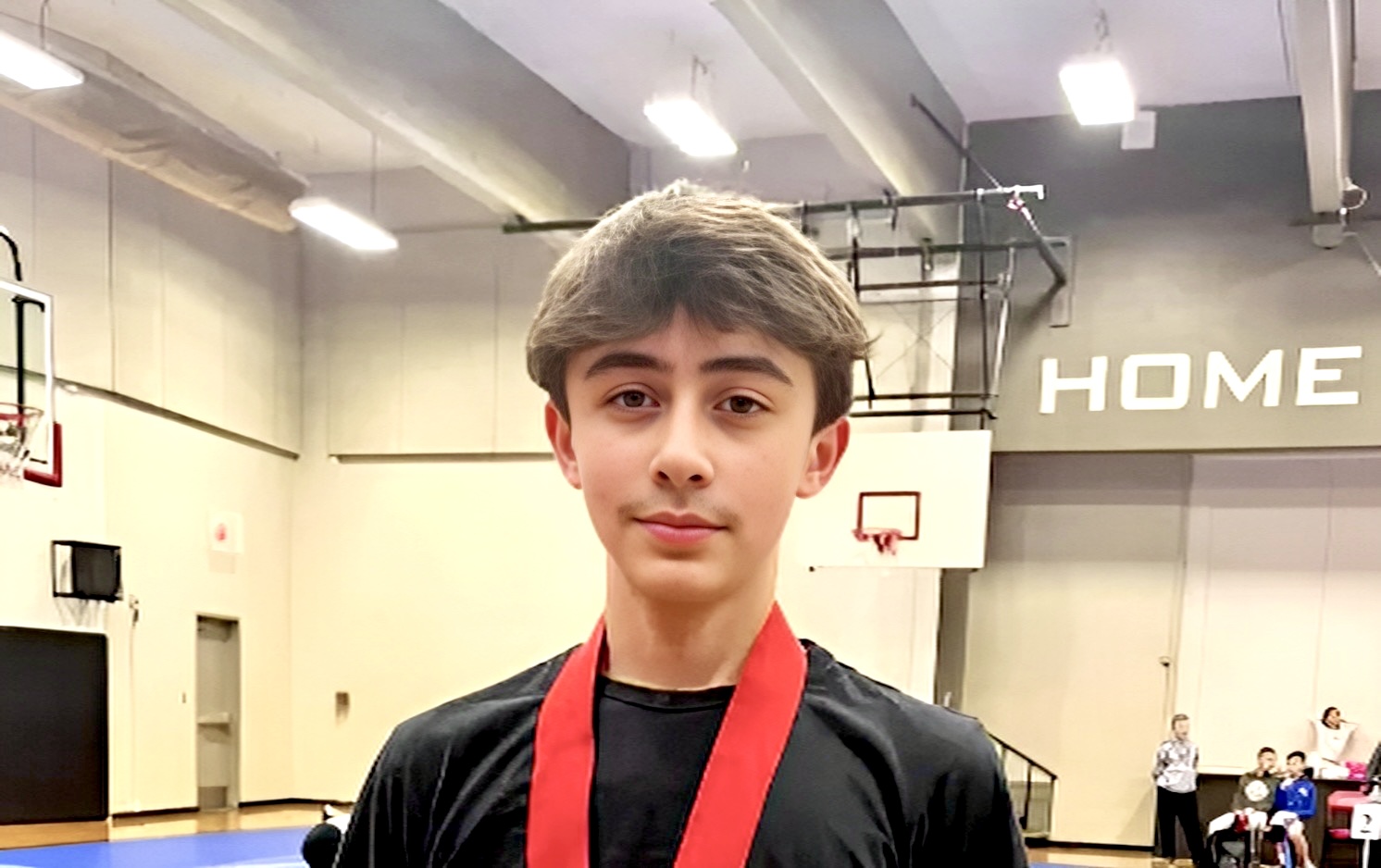The mallard: A most interesting duck!
Published 7:35 am Thursday, April 25, 2024

- Young mallards on the run from the sharp talons of a bald eagle.
Wherever I go these days, the bird I see most often is the mallard. Every wetland, pond, marsh and even ditches with water seems to have a resident mallard.
Lately, I have seen a male resting on a car roof. A reader in Long Beach has been seeing several drakes loafing on a house roof, and a friend of mine has a pair land in her backyard pool. They are indeed everywhere these days.
Scientists agree that the mallard is the most well-known and familiar of all wild ducks. The male or drake with its metallic green head and neck, yellow bill, chestnut brown breast, white neck-ring and curly black tail is especially noticeable. The female or hen has a much drabber appearance which helps her to avoid detection from predators when nesting. Her body is mainly a mottled brown. She has orange legs, a dark line through the eye and an orange and black bill.
Science tells us that mallard pairs are formed in late autumn during the wintering season. Mallards are monogamous, for the most part. Courtship includes head-flicking, tail shaking and bill dipping. Whistles, quacks, and grunts may also be used. Once the pair has been established, the drake protects the hen from other rival males and in spring the pair travel together to their nesting grounds.
Courtship includes head-flicking, tail shaking and bill dipping. Whistles, quacks, and grunts may also be used. Once the pair has been established, the drake protects the hen from other rival males and in spring the pair travel together to their nesting grounds.
Mallards dabble when they feed. The tip forward to feed on aquatic vegetation and seeds. They will also graze at the edge of wetlands for aquatic insect larvae, freshwater shrimp, snails, and worms during the breeding season.
The female mallard makes the nest and tends the young. She lays up to thirteen eggs in a shallow depression usually near water. She sits on the shallow nest bowl and drags nearby vegetation toward her to form a nest. She lines it with grasses, leaves, and twigs that are also found nearby. Once the nest is complete and the eggs are laid the male vamooses leaving the hen to incubate the eggs and raise the ducklings.
The mallard is an interesting duck. The mallard is widely hunted and is the duck that most domestic ducks have descended from. Scientists have clocked mallards at fifty-five miles per hour during migration. This suggests that they are very strong flyers. Another interesting fact that applies to ducks in general, including the mallard is that they hybridize. According to the Cornell Ornithological lab, the mallard will hybridize with the American black duck, mottled duck, northern pintail, cinnamon teal, green-winged teal, and canvasback. Another interesting fact about the mallard is that the duck quack we hear is made by the female mallard. iPhones have a quack tone. I use it to let me know when I receive an email!
Happy birding!





